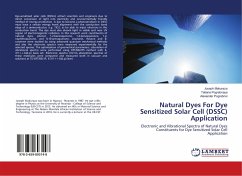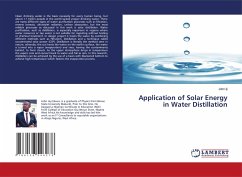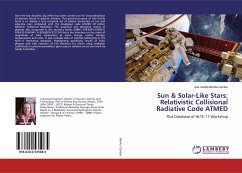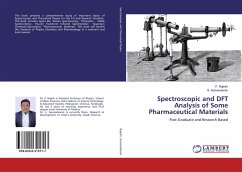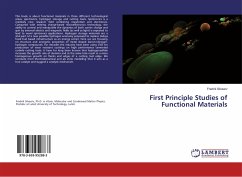Dye-sensitized solar cells (DSSCs) attract scientists and engineers due to direct conversion of light into electricity and environmentally friendly method of energy production. A dye to become a photosensitizer in DSSC must have a certain energy levels alignment with the conduction band edge of a semiconductor, e.g. TiO2, as be able to inject electrons in the conduction band. The dye must also absorb light in visible and near UV region of electromagnetic radiation. In this research work constituents of natural dyes, phenol, 1,2-benzoquinone, 1,4-benzoquinone, 1,4-naphthoquinone, and 9,10-antraquinone, coumarin, flavone and beta-carotene were studied by using advanced quantum mechanical methods and also the electronic spectra were measured experimentally for the selected species. The optimization of geometrical parameters, calculation of vibrational spectra were performed using DFT/B3LYP5 method with 6-311++G(d,p) basis set. Electronic spectra (UV-Vis absorption spectra) of these molecules were computed and measured both in vacuum and solutions at TD-DFT/B3LYP, 6-311++G(d,p) level.
Bitte wählen Sie Ihr Anliegen aus.
Rechnungen
Retourenschein anfordern
Bestellstatus
Storno

